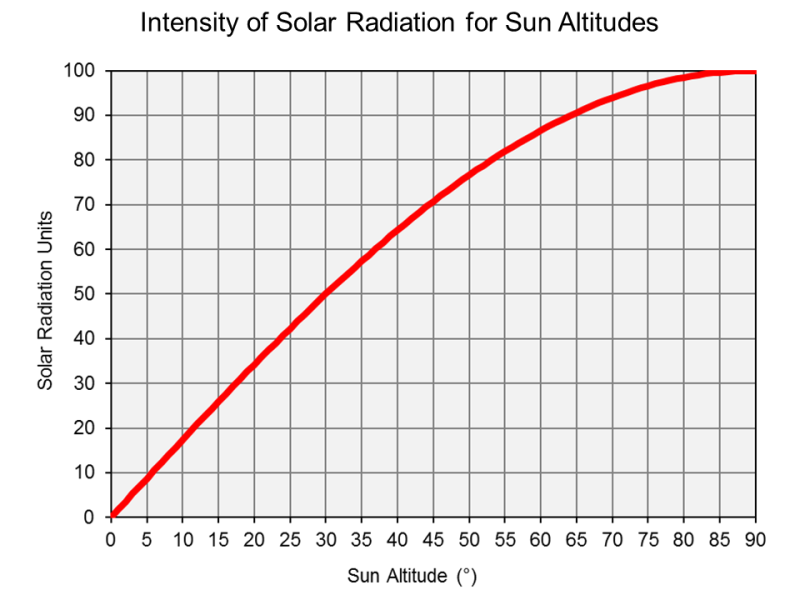There are two common types of automatic tracking systems
that can increase the amount of power collected from solar
panels by keeping them optimally aligned towards the sun.
There's also a third way to get more power from your panels,
although it isn't automatic, which is a special mounting
system that you can manually adjust seasonally; this is
discussed in
Variable Tilt Panels.
- Single Axis Tracker
These are usually run north/south in long rows, and
the panels rotate to follow the sun through the day and can have roughly a 23% increase over a fixed tilt mounting system.
| 
- Dual Axis Tracker
These have a freedom of motion in three degrees and have roughly a 36% increase over a fixed tilt mounting system.
|
Economics
Commercial tracking systems are not known to be economically viable for small residential arrays and special care must be used in areas with high winds. Typically, for the homeowner, it is less expensive to add additional solar panels rather than install a tracker.
For example,
this $1200 dual axis tracker can hold 12 panels (that's not including maintenance or the cost of the concrete base which needs to by hefty so they don't all fall over in a wind). With a 36% boost in power from the tracker that's roughly a free panel for every three panels. So, 12 panels would be like having 4 free panels. But at $200/panel, four panels are only going to cost $800. So, in this example, you're saving money by getting the extra panels instead of the tracker.
The key is the number or panels per tracker divides the cost of the tracker. So in commercial solar farms you will typically see trackers, as you can see from the single axis tracker photo above, you can get a lot of panels on a tracker.
Another reason to use trackers is when space for the panels is hard to come by, using a tracker lets you reduce the overall number of panels.
Latitude also plays a minor efficiency role as the closer one is to the equator the less important dual axis tracking gains are over single axis [
ref].
Can Dual Axis Trackers get full power as soon as the Sun is up?
No. When the sun is at low elevations the light must pass through more of the atmosphere which robs it of it's energy.
Here's an example to calculate what the soonest a tracker could
hit 90% power.
Annual average solar irradiance is 1000 Watts per meter squared
at solar noon, or when the sun is at 90 degrees.
90% power would therefore be 900 W/m2.
From the diagram to the right, 90% power is possible once the sun
reaches an altitude of 65 degrees. So, 90-65 = 25 degrees from solar
noon. The Earth rotates at 15 degrees per hour (360/24), so 25 degrees
is about 1 hr and 40 min either side of solar noon. |  |
The graph isn't precise as its the "annual average", seasonally the times will contract and expand.
Variable Tilt Panels
Some mounting systems allow you to easily adjust the tilt angle of the panels to match the angle of the sun. Adjusting the panels as little as 4 times a year can gain you almost 5% increased power. Given increased costs for the special mounts and a need for the owner to take action, they're not as popular as fixed tilt systems.






